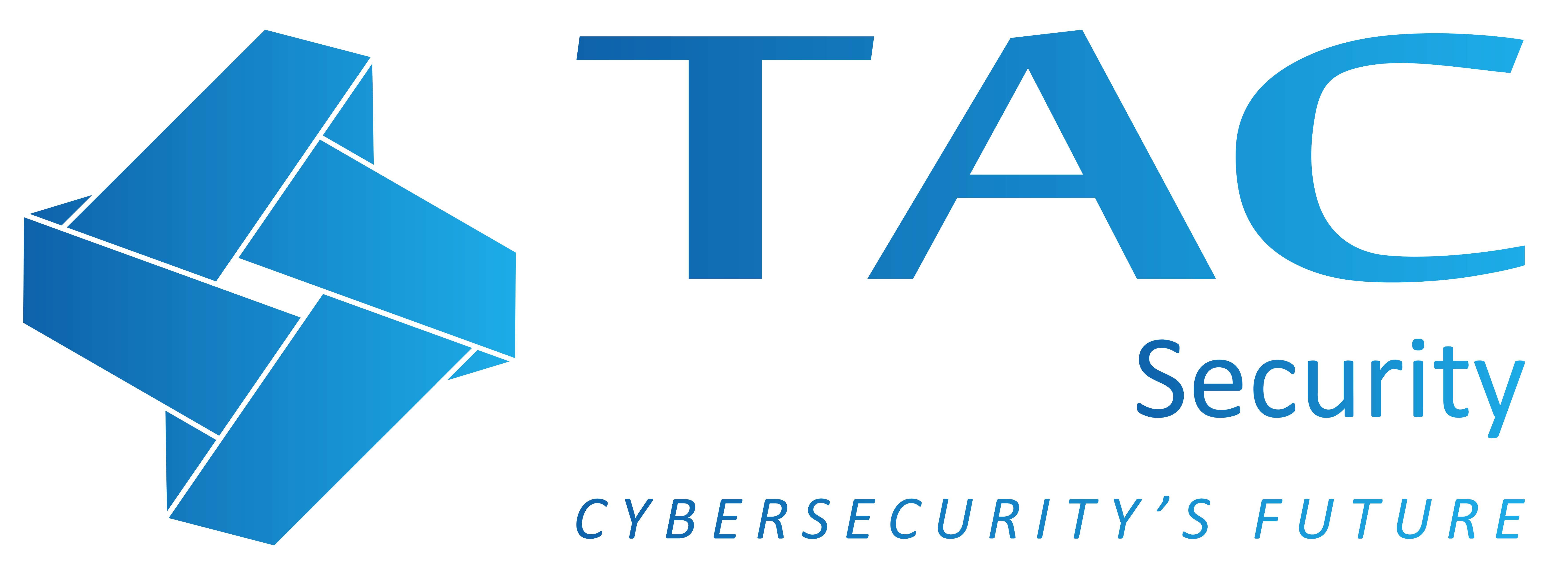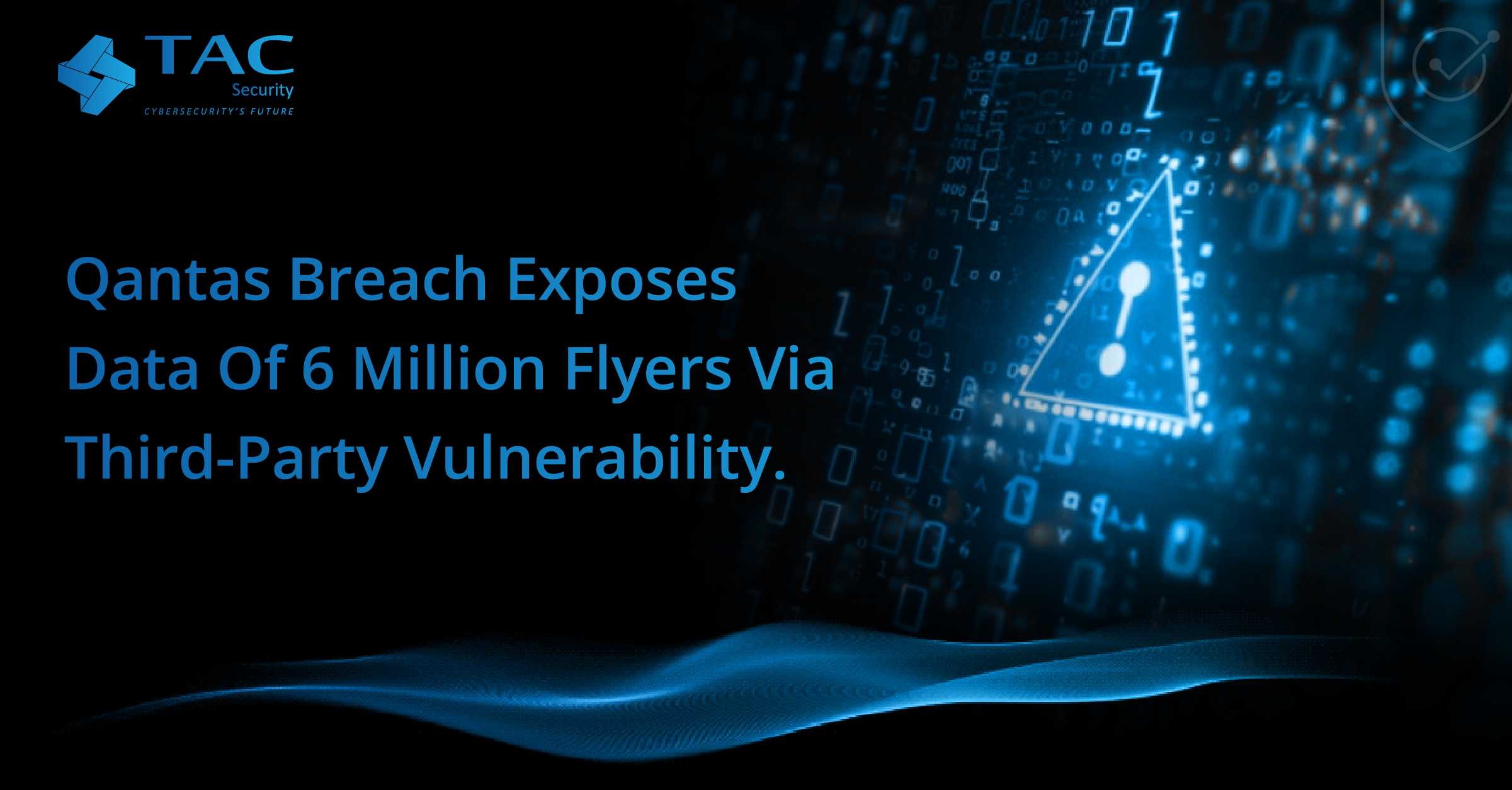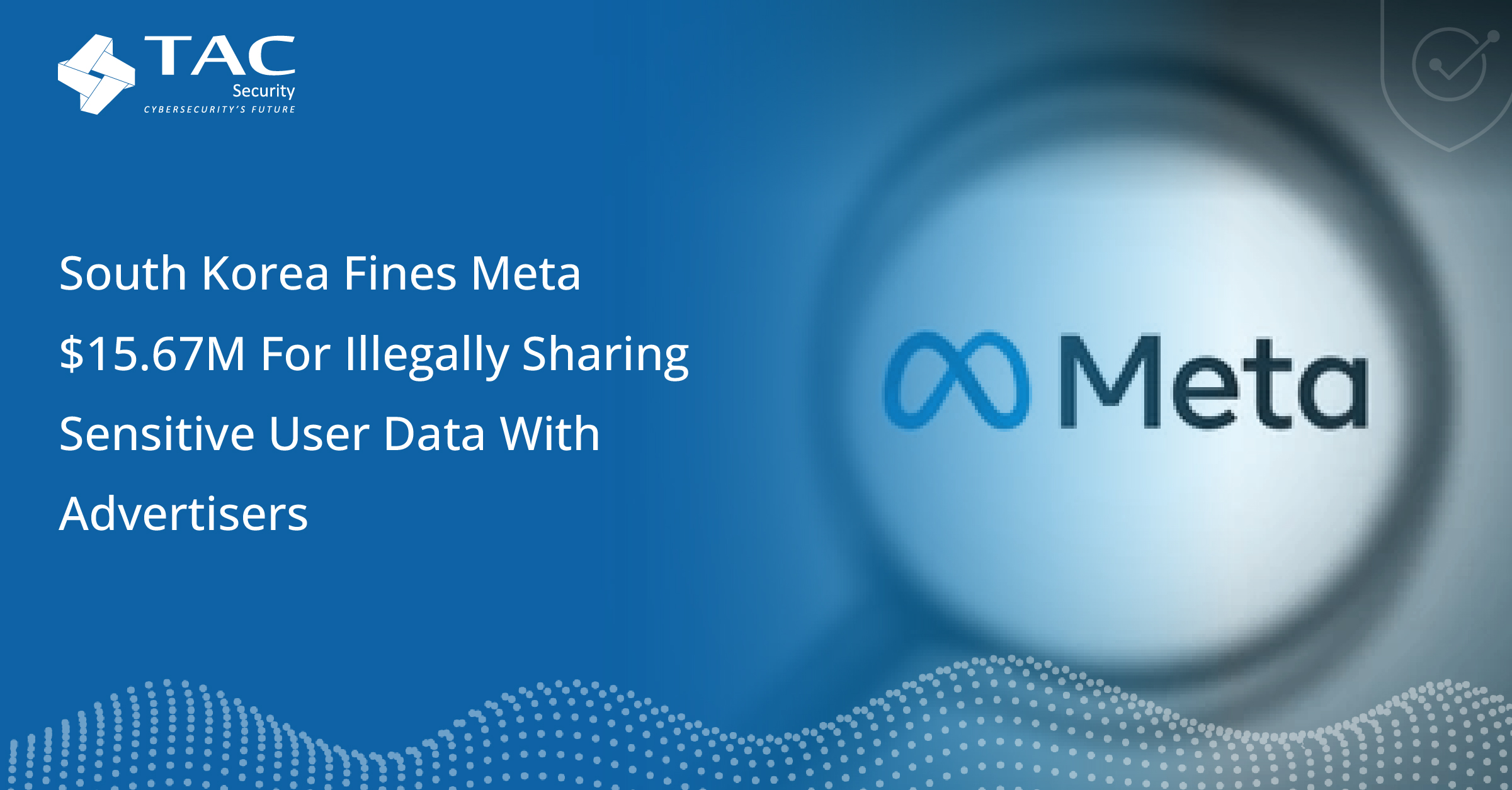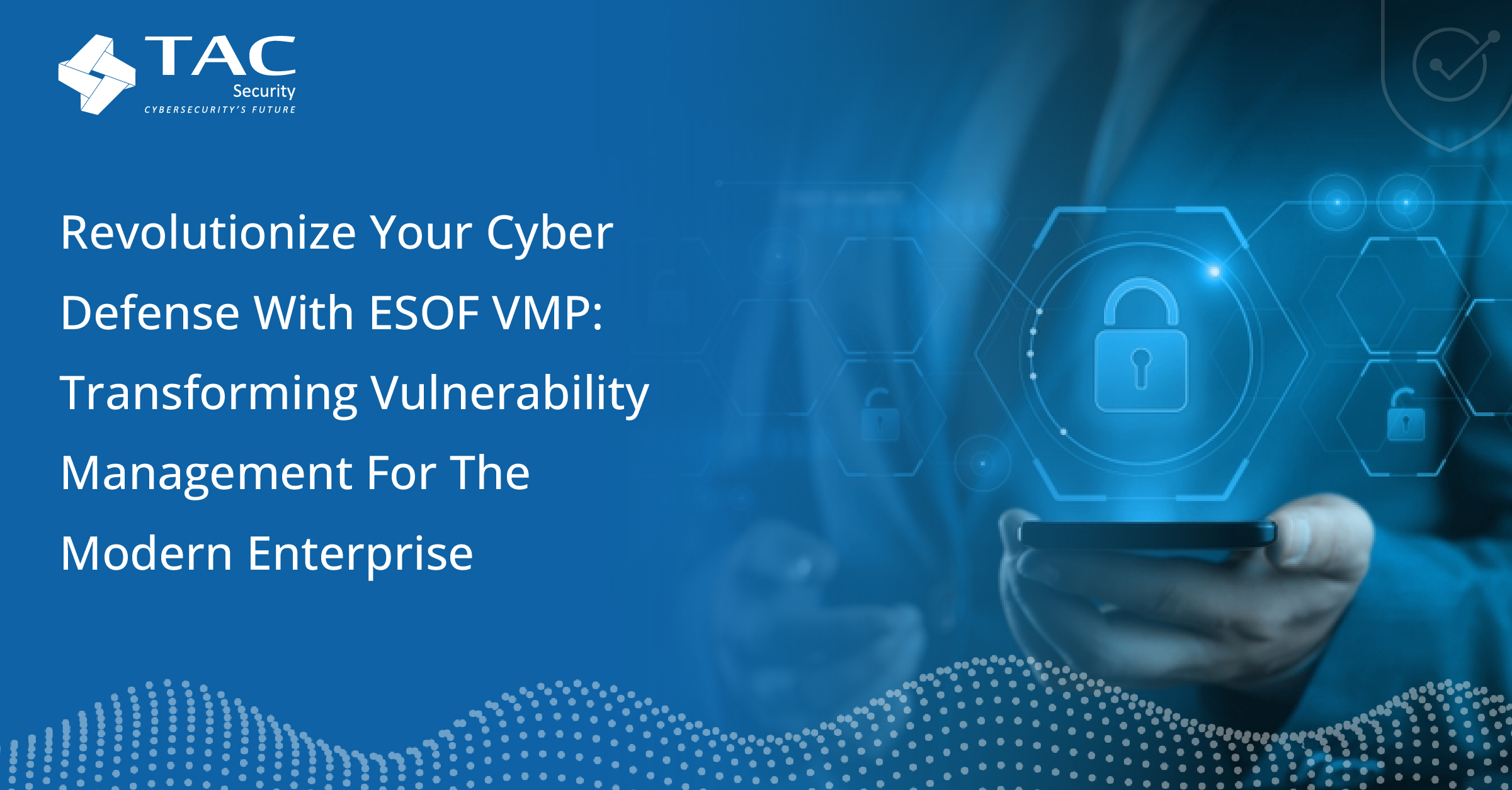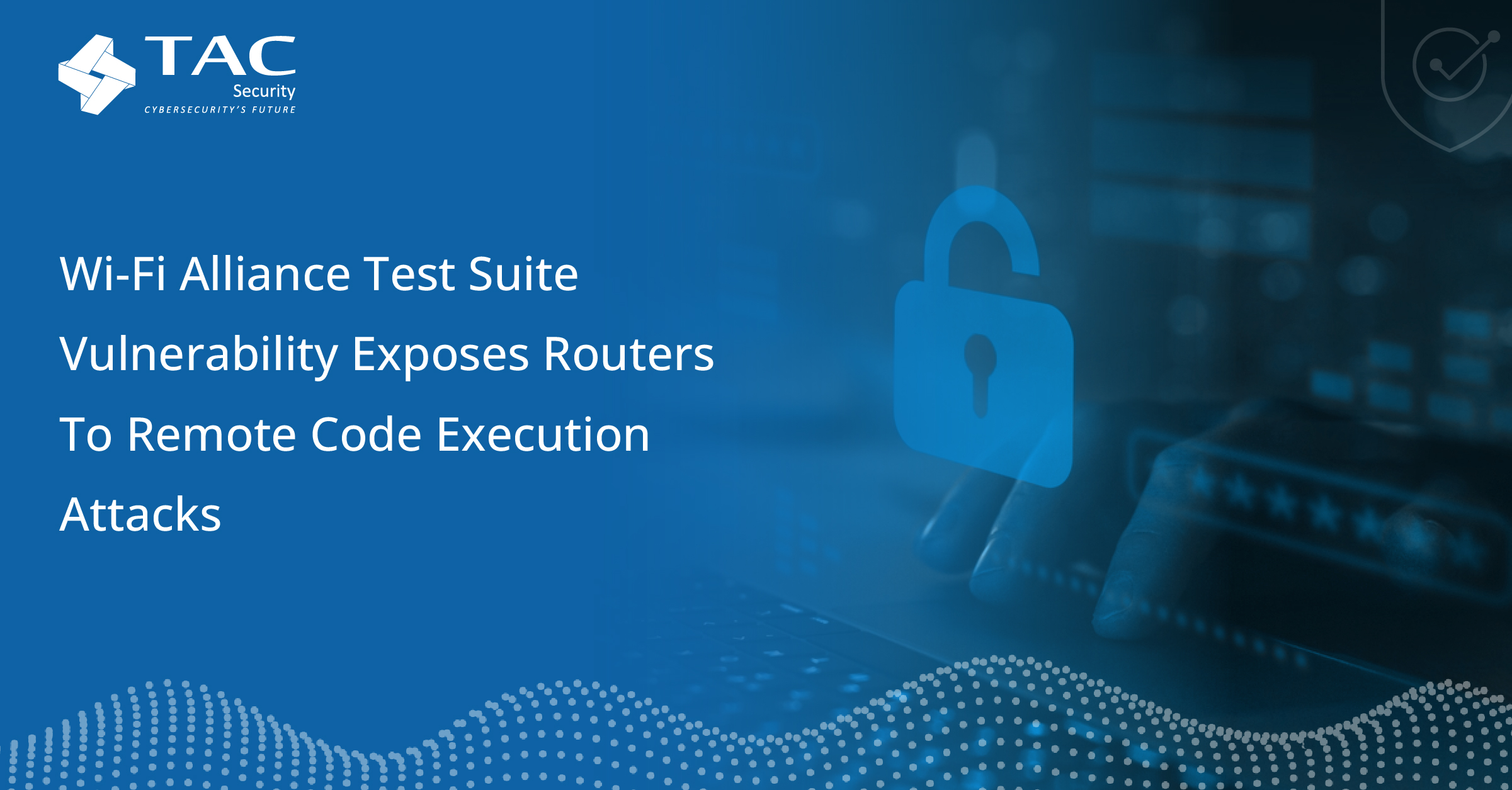Meet SEC Cyber Rule Compliance with ESOF by TAC Security in Just 10 Days

On July 26, 2023, the U.S. Securities and Exchange Commission (SEC) ushered in a new era with groundbreaking regulations, transforming how public companies approach cyber incidents and divulge essential information regarding their cybersecurity, risk management, and governance strategies. This regulatory shift focused on achieving robust SEC compliance, signifies a pivotal step forward in enhancing transparency amid the rising tide of cyber attacks. Security leaders now grapple with the vital challenge of strategically navigating these regulations, given that SEC Rule elevates the role of cybersecurity to a strategic level within organizations.
Key Insights from the SEC Cyber Rules
- Routine Cybersecurity Disclosure:
Companies are now mandated to periodically detail their cybersecurity risk management, strategy, and governance, empowering investors to assess these risks and make informed choices. - Disclosure of Significant Cyber Incidents:
The rule necessitates the disclosure of material cybersecurity events, covering the nature, scope, timing, and substantial consequences of the incident, including any major impact from past incidents. - Timely Incident Communication:
Post the recognition of a “material” cyber event, organizations have four business days to disclose it. - Board Proficiency:
The rule accentuates the board of directors’ role in monitoring cybersecurity threats and underscores the management’s expertise in assessing and mitigating significant cybersecurity threats.
Implications of the SEC Rule for Security Leaders
Despite the SEC guidelines being in place for years, most organizations still struggle to comply. The primary challenge lies in determining materiality, crucial for protecting shareholder value, as organizations lack systems to quantify risk at both broad and granular levels. The constantly evolving cyber risk landscape exacerbates the difficulty of keeping pace.
To comply with the SEC Cyber rules, organizations must focus on processes and methods for identifying top cyber risks and assessing which ones are or can become material to the business. Understanding the gap between your current risk posture and where you must be in 30 days is essential.
ESOF by TAC Security: Accelerating Your SEC Compliance Journey
In the pursuit of SEC compliance, having security measures is insufficient; businesses must determine materiality to safeguard shareholder value. This requires strategic cyber investments translated into measurable business impact. an AI-powered Vulnerability Management Platform complete with Cyber Risk Quantification facilitates this shift in just 10 days.
- Identifying and Prioritizing Risks Utilize ESOF VACA and ESOF Prediction to recognize current vulnerabilities and anticipate future threats. By doing so, you can address the most pressing risks and ensure compliance with the SEC ruling.
- Materiality Quantification: With ESOF CRQ, transform the ambiguity of incident materiality into quantifiable metrics. By doing so, security leaders can present concrete data to justify risk assessment decisions.
- Swift Incident Response: In the event of a cyber incident, leverage the ESOF suite to quickly understand the scale and materiality of the breach. With this clarity, not only can organizations meet the SEC’s four-day disclosure requirement but also deploy targeted mitigation strategies.
- Board and Executive Communication: Use ESOF’s comprehensive reporting capabilities to ensure that the board and executive team are consistently updated on the organization’s cybersecurity posture, risk management efforts, and compliance with the SEC rule.
The SEC’s Cyber Rules demand a fundamental shift in how organizations identify, manage, and report cybersecurity risk. Compliance necessitates a swift adaptation of processes, urging businesses to embrace automated and AI-driven systems within 10 days. To explore how ESOF by TAC Security can empower your business to meet SEC requirements, schedule a demo with a cyber risk expert today.
